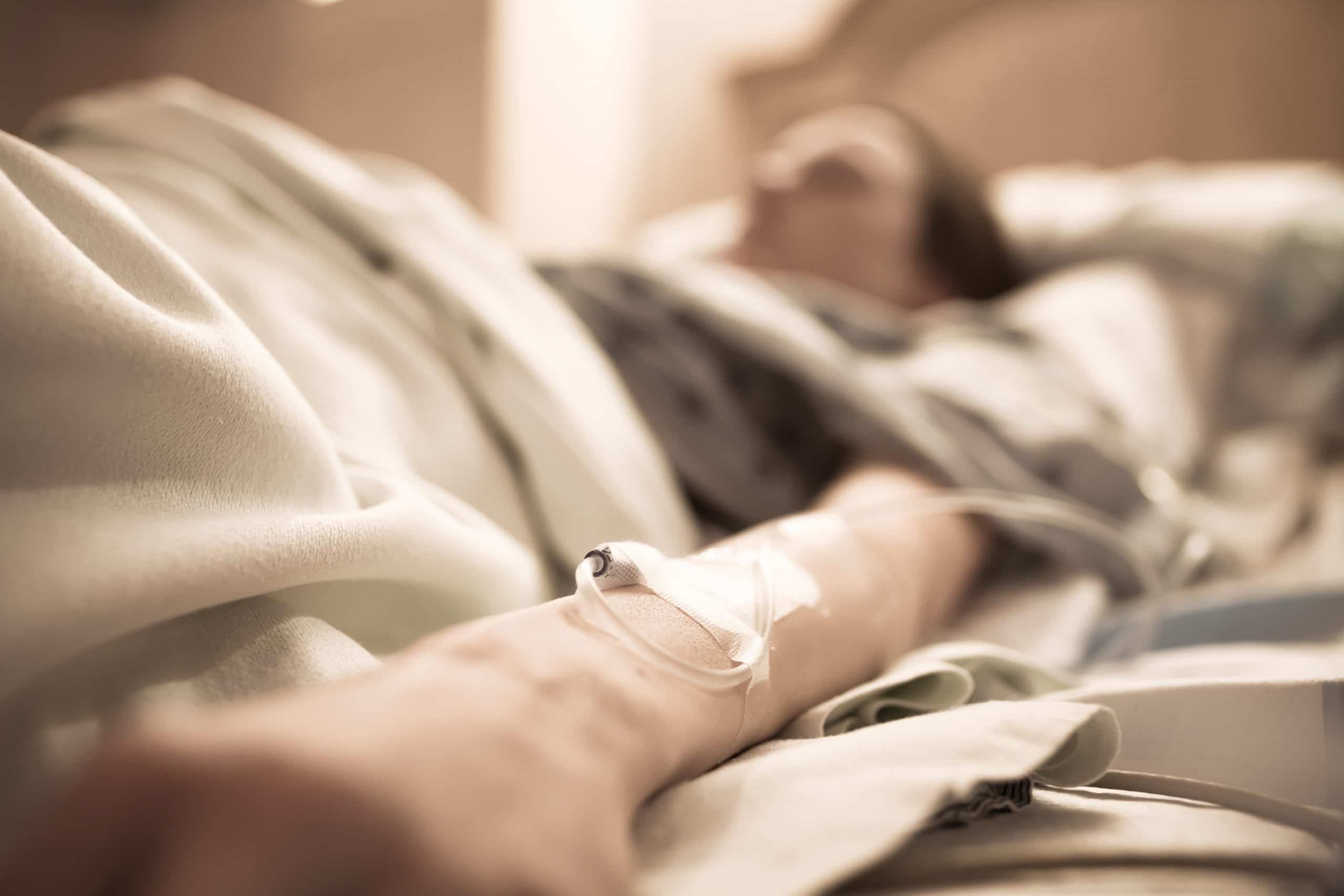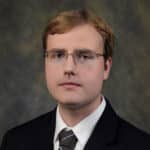
New Research Exposes The 15 Most Dangerous Drugs
Carmen McCrackin ❘
A new study reviewed the most dangerous drugs and drug mixtures based on side effects and death rates tracked by the federal government.
Read More ⟶

by Nathan Yerby | ❘
Sugar is a common ingredient in the modern diet. While sugar is safe in moderation, heavy sugar consumption can be harmful. Since sugar physically affects the brain and causes cravings and withdrawal, sugar is also a potential source of addiction. In Singapore, a wealthy city-state in Southeast Asia, excessive sugar consumption is causing high rates of type-2 diabetes, an incurable metabolic disorder. Type-2 diabetes arises from unhealthy weight gain, often the result of high-sugar diets, and the disease can cause a variety of health problems.
Today, Singapore has one of the highest rates of sugar consumption per capita in the world. In fact, the average Singaporean consumes 12 teaspoons of sugar every day. 11% of Singaporeans suffer from type-2 diabetes, and another 14% are prediabetic. To address this problem, the government of Singapore declared a “war on diabetes” in 2017 to reduce sugar consumption and promote healthy lifestyles.
On October 10, Singapore’s Senior Minister of State for Health announced that the Singaporean government will ban advertising for sugary drinks on all media platforms within its territory. Singapore will be the first country in the world to implement such a policy. As Health Minister Edwin Tong explained in a press conference, the marketing ban will apply to print media, television, and the Internet, including social media. In addition to soda, the regulation will affect yogurt drinks, instant coffee, juices, cultured milk, bubble tea, and “three-in-one” drink mixtures that are popular in Asia.
During the same press conference, Minister Tong also announced a labelling program for sugary drinks in Singapore. When the new policy takes effect next year, sugary drinks in Singapore will bear labels if they have medium or high sugar content. Some sugary drinks in Singapore contain as many as five teaspoons of sugar per 250ml. For reference, the World Health Organization recommends that people consume a maximum of only ten teaspoons of sugar each day.
While labels will be mandatory for high-sugar drinks, the Health Ministry will also allow businesses that manufacture and sell low-sugar drinks in Singapore to label them as healthier. The purpose of the labelling program is to inform consumers and encourage people to choose healthier beverages. The Singaporean labelling program for sugary drinks is modeled after similar programs in over thirty other countries. In some of these countries, such as Chile and France, sales of high-sugar drinks fell substantially after they began to carry unhealthy labels.
Last year, the Singaporean government sponsored a public consultation through a survey on four potential policies for reducing sugar consumption. The public consultation occurred between December 2018 and January 2019 and received about 4,000 responses. The advertising ban and the labelling program were two of proposed policies. Over 70% of the respondents supported the idea of an advertising ban and 84% favored mandatory labeling for unhealthy drinks. The other two policies, a tax on sugar and a ban on the sale of high-sugar drinks, were less popular, with 65% of respondents supporting the sugar tax and only 48% of respondents supporting the sales ban.
Minister Tong does not rule out the possibly that the sugar tax and the sales ban may eventually become law in Singapore. After all, Singapore is famous for its prohibitionism, with laws against lighting fireworks, chewing gum, gathering in groups of three in public after 10 p.m., and owning cats in public housing.
“We intend to study them more carefully,” Minister Tong said at the press conference, referring to the sugar tax and the sales ban. “We want to find measures that are sustainable in the long-term, that shape not just market consumption behavior but also on the supply side to drive reformulation.” While representatives of the sugary drinks industry in Singapore accept the advertising ban and mandatory labels, they unsurprisingly oppose the other two measures.
Last Updated:
Author
Nathan Yerby

Nathan Yerby is a writer and researcher. He is a graduate of the University of Central Florida.
Sources